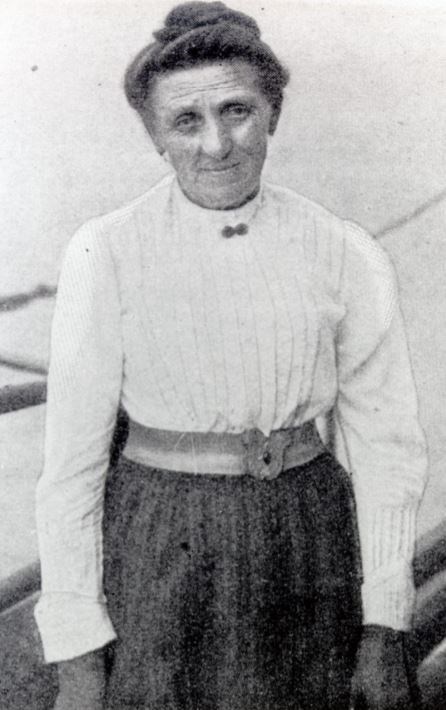Last updated: June 12, 2023
Article
Navesink Lighthouse and Robbins Reef Lighthouse: Lighting the Way Through New York Bay (Teaching with Historic Places)

By 1800 New York was America’s busiest harbor, but navigating it was difficult and dangerous. As maritime traffic and shipping increased during the 19th century, the number of shipwrecks also rose. In response to the losses of lives and cargo, the federal government began to build lighthouses, fog horns, and other structures to warn mariners of obstacles and hazards and to help them find safe harbors. Some of these towers, with lights that could be seen for miles, were located on land. Others were built out in the open water.
Navesink is an excellent example of an onshore lighthouse. Robbins Reef is a good example of an offshore tower. Navesink is in Highlands, New Jersey; Robbins Reef is officially in New Jersey, but physically closer to the northern tip of Staten Island in New York. These two historic lighthouses testify to the importance of maritime safety, especially during the period when water transportation of both cargo and passengers was at its height.
Many people still refer to Robbins Reef as “Kate’s Light” because of its connection to Kate Walker, principal keeper at the isolated lighthouse from 1894 to 1919. She served as principal keeper in spite of the fact that government regulations did not allow women to be in charge of an offshore lighthouse. Use this lesson plan to learn more about lighthouses and the life of Kate Walker. (Click on the image for the full lesson plan.)
Essential Question
Learn about two historic lighthouses that illustrate how technological advancements contributed to maritime safety and about the isolated, often routine, but sometimes heroic life led by Kate Walker, keeper at Robbins Reef.
Objective
1. To explain how and why the federal government took an active role in protecting mariners by establishing lighthouses;
2. To describe how technological and building advancements affected lighthouses;
3. To compare and contrast the purpose, location, design, and technology of Navesink Lighthouse and Robbins Reef Lighthouse;
4. To list lighthouse keepers’ duties and explain how technological advancements affected these duties;
5. To analyze the history of transportation systems in their area
Background
Time Period: 1820s to early twentieth century
Topics: The lesson could be used in U.S. history, social studies, and geography courses in units on nineteenth century and early twentieth century commerce or transportation, and to help students understand the role that maritime industries played in American history. The lesson could also be used to enhance studies related to the industrial revolution and women’s history.
Grade Level
Middle School: Sixth Grade through Eighth Grade
Subject
Literacy and Language Arts, Social Studies
Lesson Duration
90 Minutes
Common Core Standards
6-8.RH.2, 6-8.RH.3, 6-8.RH.4, 6-8.RH.5, 6-8.RH.6, 6-8.RH.7, 6-8.RH.8, 6-8.RH.9, 6-8.RH.10, 9-10.RH.1, 9-10.RH.2, 9-10.RH.3, 9-10.RH.4, 9-10.RH.5, 9-10.RH.6, 9-10.RH.7, 9-10.RH.8, 9-10.RH.9, 9-10.RH.10
